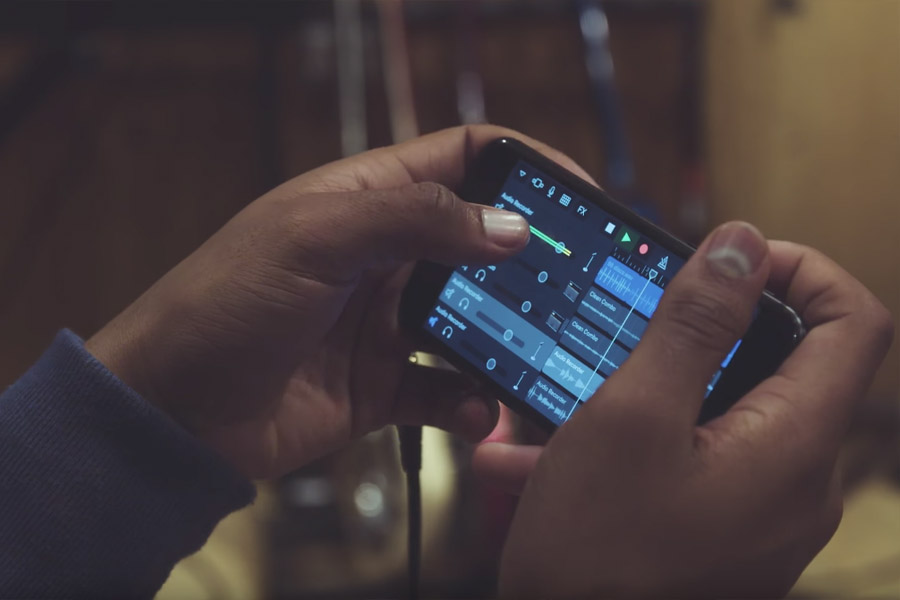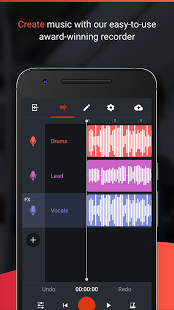


Almost all of these apps come with a flight case full of virtual effects pedals. And almost all of the apps will sell you more models of amps and effects via IAP, although this can get expensive fast. These apps run from around $5 up to $20 and include a whole studio full of amp models, whereas a single real-life amplifier costs hundreds or thousands of dollars. Why use an app instead of a real amp? Two reasons. Its about as portable as you could ever get. Apps like Positive Grid’s Bias (Universal) allow you to design the amp from the inside, but most of these apps give you a selection of software amps based on real-life boxes. Computers like the iPad and iPhone run software that models the actual circuits of classic amps. That’s real-life tube amps, the kind that have been around since guitars went electric. This gives more control over the crunchy distorted sound, and lets you get those filthy tones without winding the volume of the main amp up to 11. These days, amps have a “gain” knob, which controls a “pre-amp.” This is a smaller amplifier circuit that pumps up the signal up before feeding it to the main amp section, letting you overdrive the main amp easily. The broken-up, distorted sound you get when you overpower the tube/valves in an old-time amp are what makes the electric guitar sound like an electric guitar. If you crank that amp up loud, then things start to get dirty. This travels through the guitar’s output jack, down the cable and into the amplifier. The vibrating strings slice through a magnetic field created by magnets in the guitar’s pickups, and create a current. When you plug an electric guitar into a guitar amplifier, it doesn’t just make things loud: It adds its own character to the sound. Spoiler alert – the guitar world has taken a big turn towards the awesome. And along the way, we’ll look at hardware to connect up your guitar to the iPad, and at some speaker options so you can actually hear yourself play. That’s what we’re looking at today – iPad (and iPhone) guitar amp simulations, along with virtual effects pedals. And we have iOS devices and apps which can replace whole suitcases full of effects pedals. Mid-range and even low-end guitars are better-made and cheaper.

And like most things, except mobile phones, everything is better than it was in the 80s. Now, 30-odd years later, I’m at it again. I learned from books and by playing along with CDs, and I jacked my Charvel guitar (awesome) into a Session guitar amp (terrible), and I never really got any better.


 0 kommentar(er)
0 kommentar(er)
